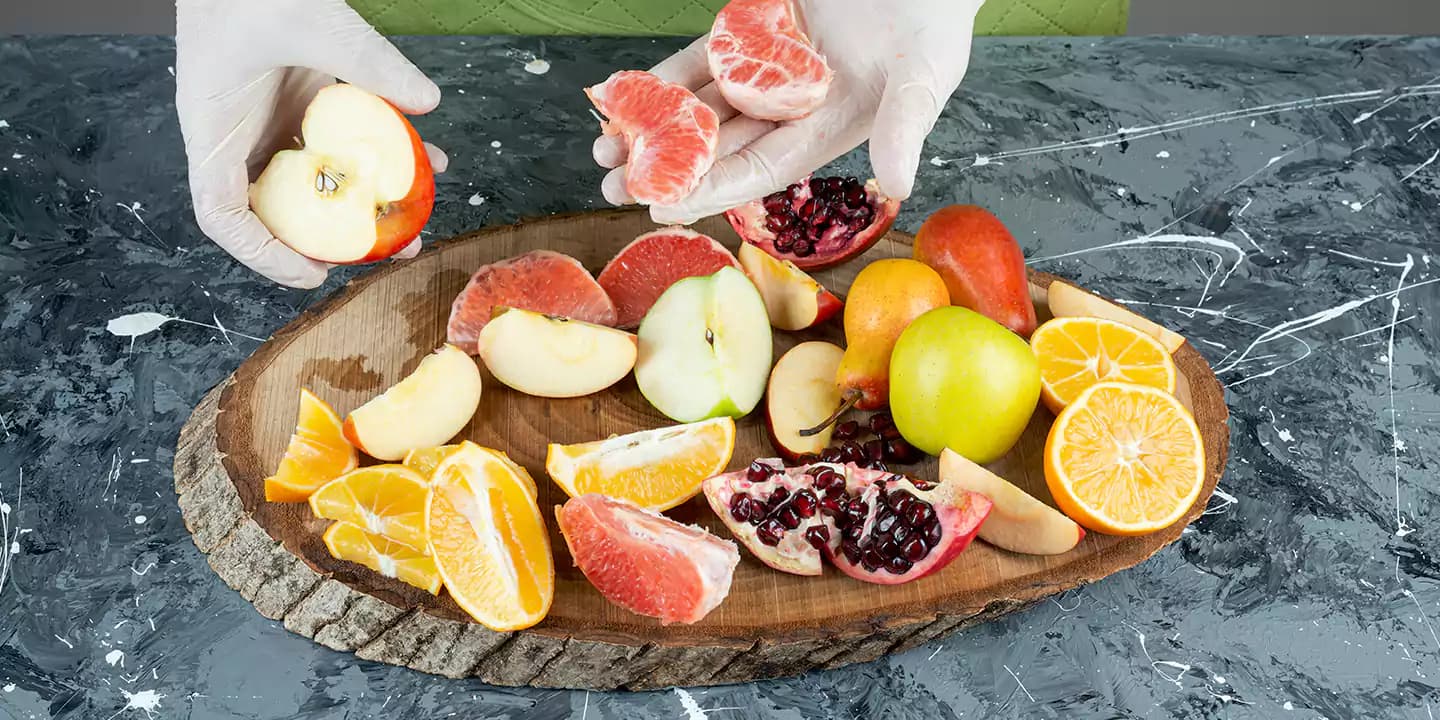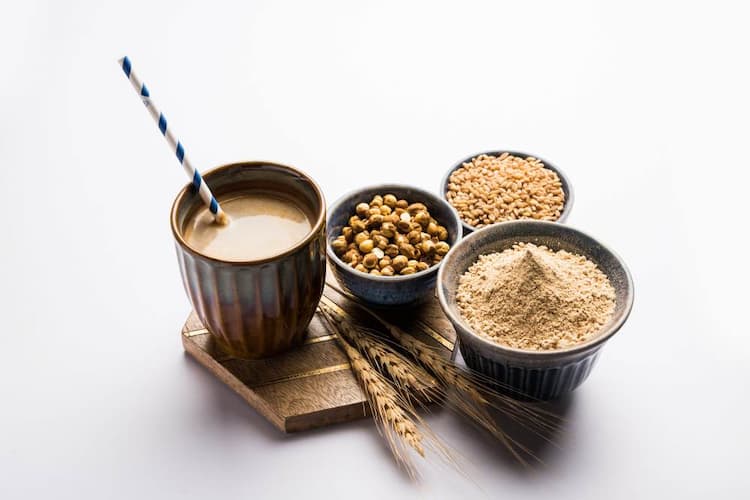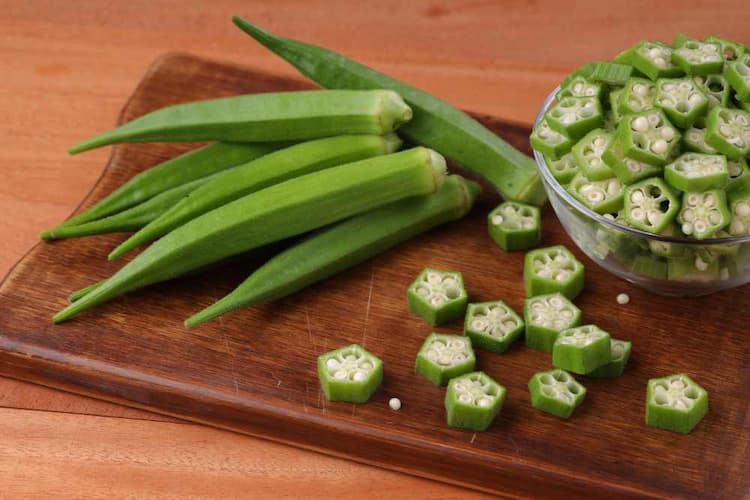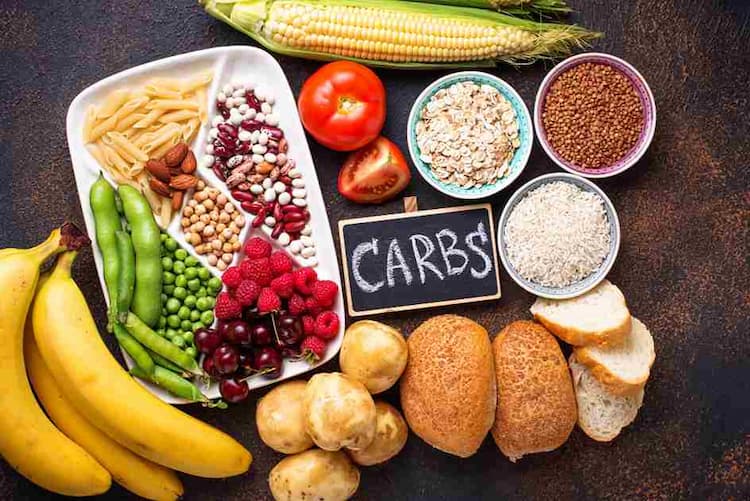List of 9 Fruits that a type 1 diabetes person can eat easily

Medically Reviewed By
Dr. Ragiinii Sharma
Written By Srujana Mohanty
on Jan 2, 2023
Last Edit Made By Srujana Mohanty
on Mar 17, 2024

Type 1 diabetes, also called type 1 diabetes Mellitus or juvenile diabetes, is a chronic autoimmune condition in which the pancreas of a person produces less or no insulin. Insulin is a vital hormone in the body that helps to convert the glucose in your blood into fuel. After your body digests food, it takes the carbohydrates from the food you eat and convert them into glucose that travel through the blood into the cells; body cells then use this glucose as fuel to power everything they do. Insulin is a key for the glucose that unlocks the cells so that glucose can enter. Lack of insulin or no insulin, body cells cannot function because they are locked, which leads to glucose from food accumulating in the blood. Too much accumulation of glucose leads to the rise of blood sugar and which causes a person to develop the condition. Sadly type 1 diabetes has no cure, and its treatment is directed toward managing the amount of sugar in the blood by insulin, diet as well as lifestyle to prevent complications.
What if type 1 diabetes is left untreated?
With time type 1 diabetes complications can affect major organs, including the heart, blood vessels, kidneys, nerves, and eyes. Managing your blood sugar level can lower the risk of many complications associated with it :
- Diabetes increases the risk of developing coronary artery disease with chest pain, heart attack, stroke, narrowing of the arteries, and high BP.
- Too much glucose in the blood can injure the walls of the tiny blood vessels, which leads to nerve damage.
- Diabetes can damage kidney functions, resulting in kidney failure or end-stage kidney disease.
- Diabetes can damage the blood vessels in the retina and can cause blindness.
- Diabetes may leave you more prone to mouth and skin infections. These include bacterial and fungal infections. And can also make you more prone to Gum disease and dry mouth.
How will your doctor diagnose Type 1 diabetes?
Your doctor will usually prescribe a blood glucose test, i.e., a Random Plasma Glucose test, to determine your glucose levels if you have clear diabetes symptoms. You must take the test from the best labs to ensure accurate results. The blood test measures your blood sugar levels at a single time. Sometimes doctors may also prescribe an A1C blood test to determine how long someone has had high blood glucose. The test will confirm that you have diabetes but cannot determine the type of diabetes you have. Treatment depends on the type of diabetes, so it is vital to know your type. To determine if you have type 1 diabetes, your doctor will test your blood for certain autoantibodies. Specific types of autoantibodies are common in Type 1 but not in Type 2 diabetes. Before starting type 1 diabetes treatment doctor will ask if your brother, sister, child, or parent has type 1 diabetes or not.
What are the symptoms of Type 1 diabetes?
Type 1 diabetes symptoms start mild and progressively worsen, which may happen within several days, weeks, or even months. It is because the pancreas makes less insulin . The most common symptoms of diabetes are mild and thus get unnoticed. Some common symptoms are:
- Urinating more often
- Feeling thirsty
- Feeling hungry after eating
- Blurry vision
- Extreme fatigue
- Slow healing of cuts
- Weight loss
- Tingling or pain or numbness in feet and hands
What are the risk factors for developing type 1 diabetes?
You may need testing if you have specific risk factors. You may be more prone to developing diabetes if you:
- If you have a family history.
- If you have specific genes, that makes you more prone to developing the condition.
- Type 1 diabetes can appear at any age; it mainly develops in two stages, firstly in children between 4 and 7 years old. The second is in kids of 10 years to 14 years.
How can diet help to manage Type 1 diabetes?
The main goal of type 1 diabetes is to manage blood sugar levels at normal levels. Taking control of blood sugar is the only way to keep yourself away from complications associated with it. It is said that proper diet management can help to manage type 1 and type 2 diabetes. As per the expert, healthcare providers recommend the consumption of fruits for sugar patients to manage it well. Choose foods that maintain glucose levels in great control. Foods should also offer sufficient calories to maintain an average weight. Your healthcare provider can help you balance your diet with carbohydrates, protein, and fat.
Type 1 diabetes is a condition in which a person's pancreas is unable to naturally produce insulin to control blood glucose. You need to take insulin to manage your blood sugar levels to remain healthy and prevent serious complications. The primary treatment to manage glucose levels if you have type 1 diabetes is through the use of insulin. It usually develops in children, teens, and young adults; however, it can happen at any age. The symptoms of type 1 diabetes are the same as other health conditions; if you think you have this condition, it is vital to get tested. Book your blood test to check sugar levels as soon as possible, as untreated diabetes can lead to many serious, even fatal, health problems. A simple blood test will help the doctor to determine that you have diabetes and to make sure that your results are accurate to go to the best path labs in India, Redcliffe labs. The condition needs daily management with insulin injections and blood sugar monitoring. A proper diet plan, including vegetables and fruits for diabetic patients, can help them manage their condition very well.
List of 9 fruits that are best for type 1 diabetes patients
Diet plays a vital role in type 1 diabetes treatment; however, it is necessary to know what diet to follow to manage sugar levels. Sugar levels can be managed if the diet is taken in moderation and is paired with healthy fats or protein. Most fruits are part of a healthy meal plan, and all are overpacked with soluble fiber, vitamins, and minerals. You need to understand that not all fruits are good for a diabetic patient, and fruits high in Glycemic Index raise blood sugar levels compared to those with a low Glycemic Index. So how to pick the best fruits for diabetic patients? Some forms of fruit, like juice, are considered bad; thus, they should be avoided; whole fruits are linked with a lower risk of diabetes. Let us show you a list of fruits best for diabetic patients :
- Apple
Apples are one of the delicious, easy-to-eat, healthy, and great snacks. If you have diabetes, you can have an apple as it has 36 GI and 6 GL and is safe for people with diabetes. Eating an apple in moderation will not immensely raise blood sugar levels as they are rich in phytochemicals and help reduce oxidative stress, increasing insulin sensitivity. The skin or peel of apples contains high amounts of quercetin which help to lower the progression of type 2 diabetes. Apples are a diabetes-friendly superfood that helps your cells to absorb and provide energy, and eating them daily may reduce insulin resistance and lead to lower glucose levels.
- Bananas
Bananas have a low glycemic index, i.e., 52, and also a low glycemic load, i.e., 10; thus, it is appropriate and among the 5 best fruits for diabetes. However, it also contains sugar and carbs, and therefore eating it in moderation is important. It also contains fiber that reduces blood sugar spikes and thus is good for improving overall blood sugar management. Fully ripe bananas contain less resistant starch that acts like fiber; thus, it is best for diabetic patients. Also, try not to consume all portions; the wise thing to do is eat the banana in portions to enjoy all its benefits.
- Pears
Pears are always on the list of fruits for diabetics to eat, as they have a low glycemic index i,e 30 and a low glycemic load of 7. It also satisfies a person's need for something sweet while offering many nutritional benefits. As per many studies consuming whole fruit like pears help to manage glucose levels. Everybody needs carbs, and it is best to balance them with fiber, protein, or fat at every meal as it will help decrease the rate of glucose absorption and won't let blood sugar spike. Pears are a nutritional punch, and eating two pears daily by diabetic patients is best for their health.
- Prunes
Generally, dry fruits are a bad choice of fruits for sugar patients, but prunes are an exception as they contain no added sugars and have a lower glycemic index, i.e., 29, and low glycemic load, i.e., 10. Consuming it will not spike your blood sugar level and is an excellent swap for added sugars in recipes. Eating four to five prunes a day helps to prevent bone loss, as diabetics are at more risk of bone loss. So add prunes to your daily diet to maintain your bone density.
- Strawberries
Strawberries fall under low glycemic index fruits with just 25 GI and 10 glycemic loads. , thus it is best to lower blood sugar and serve your sweet tooth. It is also rich in vitamin C and magnesium, which help to improve insulin resistance and also enhance diabetes control. They also contain phytochemicals like ellagic acid and flavonoids and act as antioxidants to reduce diabetes-related complications.
- Apricots
It is also one of the best dry fruits for diabetes patients just because they need to eat in smaller [portions. It hasGlycemic index of 57 and a glycemic load of 5; however, it might not be the usual fruit to eat, but eating them in moderation and in prescribed amounts can give you a good start. You can have them by grilling and eating them with protein like chicken. About 4 apricots are sufficient to fulfill the daily requirement of Vitamin A, C, E, and Potassium.
- Grapes
Grapes are best for people with diabetes and include both green and purple grapes. However, its Glycemic index is 59, and its glycemic load is 11, but the body needs its vital macronutrients to make energy. Grapes are an excellent source of carbs for people with diabetes and are also overfilled with beneficial micronutrients like vitamins, minerals, and phytochemicals. Eating them in moderation can satisfy your sweet tooth, not to worry, as it has natural sugar in them.
- Kiwi
Kiwi is a powerhouse and an excellent source of vitamin C; thus, it is among the best fruits for diabetes. With a glycemic value of 58 and a glycemic load of 7, it is an excellent source of vitamins E and K, folate, and Potassium. The best part is that they are available all year round and are best eaten with greek yogurt for breakfast. The kiwi is, therefore, a fruit that is entirely recommended for the diet of diabetics and for those who suffer from impaired fasting glucose.
- Papaya
Papaya has a medium Glycemic index and eating it might lower your blood sugar level. It has a 60 glycemic index and 5.5 glycemic loads; although sweet in taste, it is high in fiber and low in sugar, making it the best option for people with Type 1 and Type 2 diabetes. Also, daily consumption of this excellent fruit has noticeably reduced the progression of type 2 diabetes also. While papaya for diabetes is a must and can be consumed anytime during the day, it is best to have it for breakfast.
Frequently Asked Questions
- What are the glycemic index and glycemic load?
The Glycemic index explains how carbs may affect blood glucose levels, and glycemic load measures every component of the entire food and gives a real-life picture of its impact on blood glucose levels. Both are valuable in managing type 1 diabetes and type 2 diabetes. Glycemic index is discussed more than glycemic load, but both are vital to diet planning, especially if you have diabetes.
- What are the other ways to manage type 2 diabetes?
The foremost thing to understand when managing diabetes is your blood sugar level. Glucose is a type of sugar from foods we eat and is formed and stored inside the body. It is the primary energy source for the cells and is carried out in the blood. People with type 1 diabetes can no longer produce insulin, which means glucose stays in the blood and does not go to cells, which causes high blood sugar levels. People need to manage type 1 diabetes, and for that, they have to
- Follow diabetic diet
- Take insulin as prescribed
- Choose the best fruit for diabetes
- Check blood sugar level by testing in the best labs
- Get regular physical activity
However, there is no cure for diabetes, but it can be managed well by following the above-listed things. People with type 1 diabetes will need treatment for the rest of their lives, but type 2 diabetes can be reversed well.
- What are the worst fruits for people with diabetes that they must avoid?
It is a misconception that all fruits are best for diabetes, as they can eat fruits that contain natural sugars. Diabetes does not let you avoid fruits but to avoid those that can worsen your condition. People with diabetes must avoid high-sugar fruits as they may raise a person's blood sugar. If a food has a glycemic index above 70, then it is high in sugar, and so you must avoid them:
However, it is better for people with diabetes to limit or avoid their intake of the above-listed fruits.
- Watermelons for diabetes are a bad option
- Overripe bananas are also a bad option.
- Mangoes are the worst option
- Some food items to avoid are
- Sodas (both diet and regular),
- simple carbohydrates - including processed or refined sugars
- Trans fats
- High-fat animal products
Conclusion
One of the first things people are worried about when they've been diagnosed with type 1 diabetes is that it is curable. While the condition is not curable, but at the same time, the condition can be managed with insulin, diet, and exercise. Even though there is currently no cure, a healthy and nutritious diet plan for diabetes, especially the consumption of fruits, is vital. Although they contain natural sugars and carbs, doctors suggest diabetes patients eat certain fruits for their benefit. Most fruits contain high amounts of fiber, essential for reducing glucose levels. They are also filled with copper, manganese, zinc, multiple vitamins, micronutrients, proteins, and many other vital nutrients that help to maintain good health and manage sugar levels. You may need testing if you have the symptoms of diabetes listed above. Suppose blood sugar levels are consistently high or low. In that case, your healthcare team can introduce additional strategies such as modifying your meal plan, physical activity routine, and/or adjusting your medication regimen. Book your diabetes test at Redcliffe labs, one of the best pathology labs in India.



